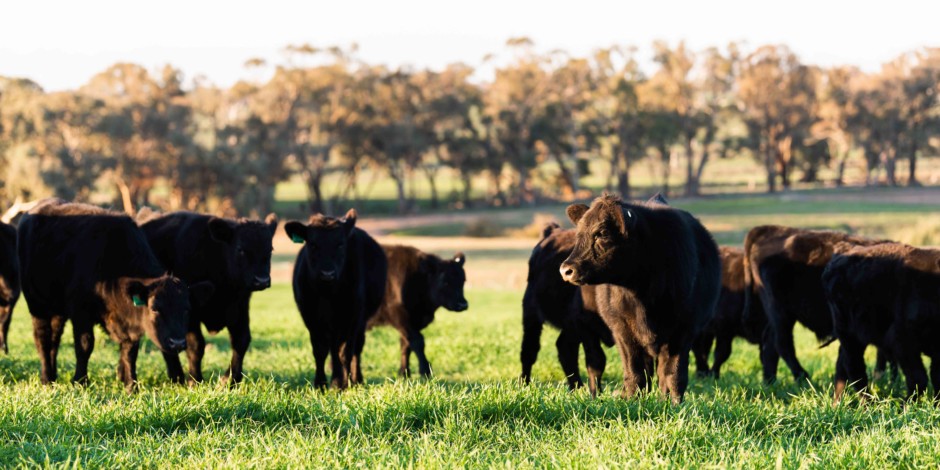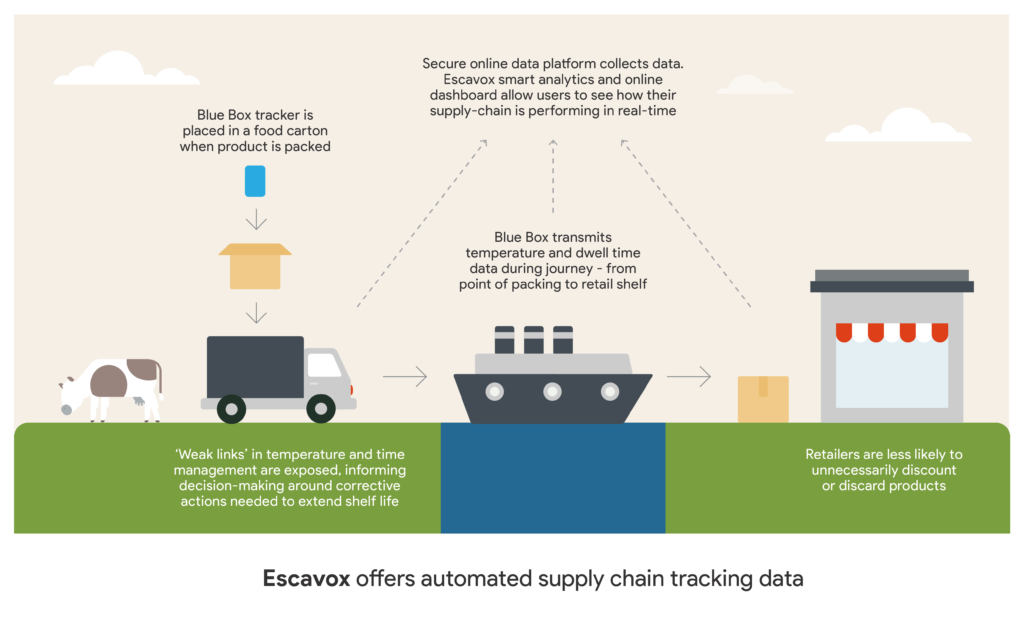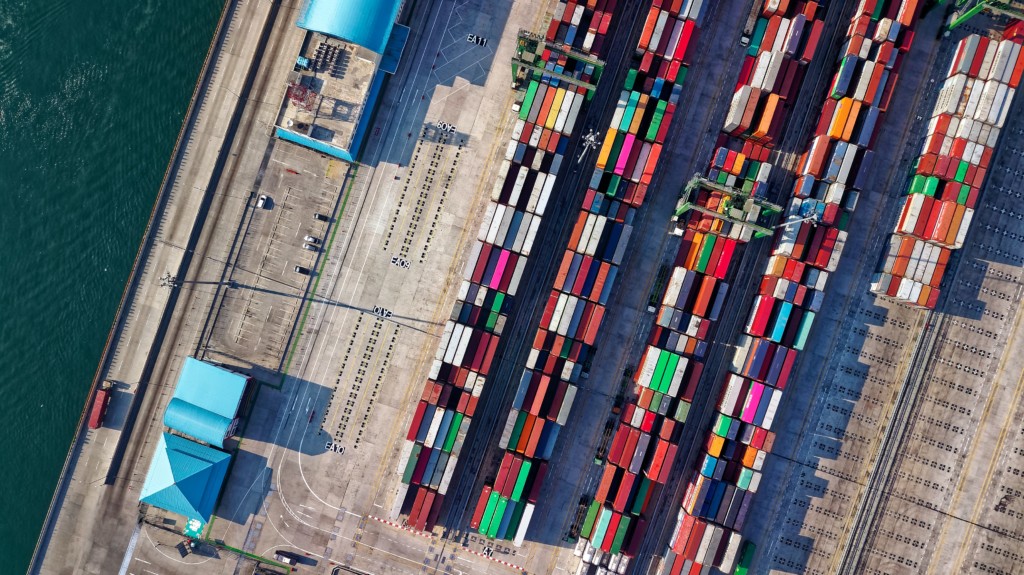Innovation, collaboration and persistence: the art of growing red meat market access
A joint effort by the red meat sector and government has delivered sought-after shelf-life extensions for vacuum-packed chilled sheepmeat and beef exports to key markets in the Middle East. However, innovative packaging and freight solutions are still required to extend shelf life of fresh sheepmeat carcase exports – which accounts for the bulk trade to the Middle East – to capture similar value and recover from the COVID-19 induced airfreight capacity crunch.

Chilled exports are big business for Australia’s red meat sector. While geographic fortune has Australia in the right neighbourhood to tap growing demand in the Asia-Pacific, it is world leading shelf-life performance that’s driving global demand for chilled Australian red meat products.
Tim Ryan, Manager of Global Trade Development at Meat & Livestock Australia (MLA) explained, “The systems underpinning Australian red meat processing are key to our success. Those systems keep the bacteria count so low that we can put fresh meat in a vacuum-sealed bag, chill it down and ship it halfway across the world, knowing we’ll get high-quality produce at the other end. A lot of our competitors can’t do that.”
So great is the demand for high-quality chilled product that Australia has become the world’s second-largest exporter of chilled beef and the biggest exporter of chilled sheepmeat.
Shelf-life regulations restrict marketability – and growth of red meat exports
While key export markets, like the European Union and the United States, allow commercial operators to determine how long product should be stored for prior to sale, in the Middle East – a region that consistently features in Australia’s top-five chilled beef and sheepmeat export markets – shelf-life limits are regulated by government.
Tim explained, “Unnecessary barriers, like restrictive shelf-life limits, can discriminate against a product in an overseas market, making it difficult for a country to do business. Prior shelf-life limits in the Middle East often gave us as little as 70 days to sell a vacuum-packed chilled product. Once you account for onshore freight, time at sea, clearing Customs – that timeframe gets really tight.”
RELATED: Extended shelf-life for chilled, vacuum-packed beef and sheep-meat exports to Saudi Arabia
He continued, “A 2017 industry study identified that those limits in the Middle East cost the Australian industry around $200 million per annum.”
The industry knew its world-leading processes and vacuum-pack technology warranted shelf-life extensions. The challenge was in proving this to authorities in the Middle East.
Leveraging Australia’s innovative, collaborative R&D ecosystem to enhance market access
In a project spanning five years, MLA amassed the scientific data to support a revision. That work included collaborating with a supply chain visibility partner, whose ‘Blue Box’ real-time data loggers monitored the supply-chain journey of chilled cartons – from processors in Australia to retailers in the Middle East. By integrating MLA’s shelf-life algorithm, produced in partnership with the University of Tasmania, these data loggers provided the objective real-time data the industry needed to justify its shelf-life claims.
RELATED: Aussie supply-chain monitoring solution, Escavox keeps fresh food better for longer

But in a heavily regulated market like the Middle East, getting the changes over the line wasn’t easy. Solid data provided the foundation for coordinated industry advocacy, in partnership with the Australian Meat Industry Council, and government negotiations, led by the Department of Agriculture, Water and the Environment. “The joint effort really paid off, with Saudi Arabia the latest to extend shelf-life limits to 90 days for vacuum-packed chilled sheepmeat, and 120 days for beef. It’s a big win, as the Saudi market alone accounts for nearly one-third of the A$280.7m chilled trade to the Gulf states,” said Tim.
COVID-19 undoubtedly helped. “As the pandemic threw global supply-chains into disarray – and the price of fresh produce rose – the Saudi market grew more concerned about food security, so [the Saudi market] opened up a bit more.” Tim continued, “After Saudi Arabia, we hope other remaining Gulf states, who are equally reliant on imports, follow suit with similar shelf-life extensions.”
RELATED: How international trade agencies help businesses go global
MLA estimates recent changes to date could be worth over $100m in additional returns per annum to the Australian red meat industry, in retained premiums, new trade opportunities and avoided food waste – benefits which will eventually flow back to processors and producers.
“But the big-ticket value item these recent shelf-life extensions unlock is the ability to diversify trade from air to sea freight, which can be a fraction of the cost. We’re not seeing the full effect of that yet because shipping is in turmoil as a result of the pandemic, but once things normalise, these gains will really start to add significant value,” said Tim.

Further solutions needed to extend benefits to the sheepmeat carcase category
Challenges remain for one product category which constitutes the bulk of the Middle East red meat trade: whole fresh sheepmeat carcases.
Tim explained, “Middle Eastern consumers have a strong preference for fresh lamb carcases. The region has its roots as a live trade market, and strong traditions persist, in which consumers pick their own animal and have it freshly slaughtered. That buying behaviour has morphed into what we have now, where a consumer goes to a retail outlet and can see the lamb carcase hanging up behind the butcher counter, which they can assess for freshness, breed-type and country of origin.”
RELATED: Investing for impact for Australia’s red meat sector
But the hard-won shelf-life extensions for vacuum-packed chilled primal cuts can’t be leveraged for the chilled carcase trade. “Because carcases are much bigger and have air cavities, vacuum-packing hasn’t been successful in delivering suitable outcomes. So while shelf-life limits are now up to 90 days for vacuum-packed chilled sheepmeat cuts, we’re still only getting 10-14 days for carcases. That means air freight is the only chilled pathway to market for that product.”
He continued, “We’re really heavily exposed to that channel to market. With so few planes flying during the pandemic, our chilled lamb carcase trade to the Middle East has halved in two years.”
Innovative solutions that can build more flexibility into the carcase trade and reduce reliance on air freight could be a boon for the industry. Further, the digitalization of export documentation and removal of onerous legalisation requirements could expedite shipments and reduce the dwell time between processor and consumer, reclaiming days to market product and improving the freshness of product at the point of sale.
“But the ideal would be packaging innovations and transport solutions that deliver longer shelf-life on sheepmeat carcases and meet importing country food safety regulations, enabling that segment to diversify into sea freight, too.”
RELATED: MLA’s shelf-life algorithm and the benefits of tracking temperature
While the industry here and overseas has tried various packaging solutions, “No one has yet been able to match the performance you can by air freighting fresh carcases. They’re running into things like discoloration, blown packaging or odour issues from confinement. Without a solution and with few planes in the sky, we’re really in crisis mode.”
“MLA is continually collaborating with packaging suppliers, industry, peak councils and cold chain participants to trial new and innovative packaging solutions and technologies, and is open to ideas from outside the sector.”
RELATED: Xampla creates world-first biobased plastic packaging alternative
“An important, high-value trade is grinding to a halt along with the planes which carry those products. But even after flights resume, if we can send more chilled product via sea freight – not just to the Middle East, but to all our premium chilled export markets – we’ll unlock enormous value. And that’ll be good for everyone in the trade.”
To find out more about new market insights, visit Austrade’s Insights and for further inquiries contact Tim Ryan, Manager of Global Trade Development at MLA here.
Enjoyed this story? Want to learn more about the Asia Pacific region’s innovative agrifood tech ecosystem? Sign up for our newsletter here and receive fresh stories about global leaders, farmers, startups and innovators driving collaborative change.
